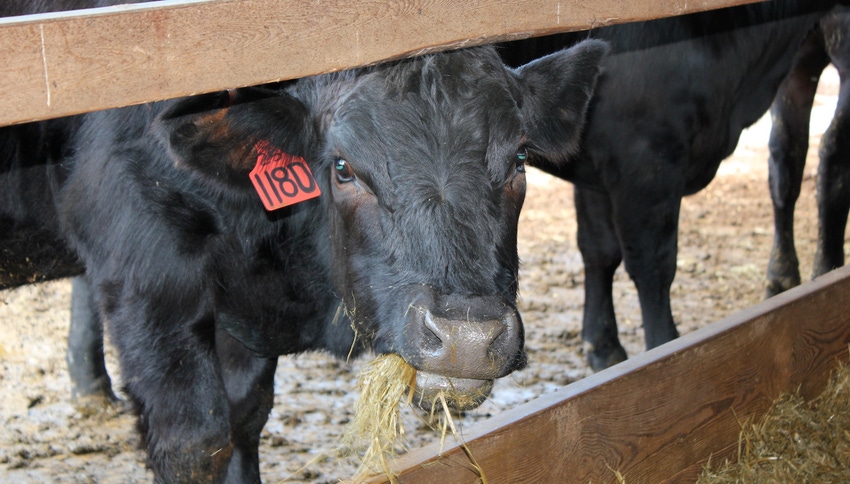
Crazy volatility. It could be the mantra for 2020. For beef cattle producers this year has been an especially wild roller coaster ride.
“In March when restaurants were closing, we realized people were still going to buy a lot of beef in grocery stores, so live cattle prices briefly showed strength. Then we realized that we couldn’t get them processed, so prices tanked,” said Josh Maples, assistant professor and livestock Extension economist with Mississippi State University.
“We just went on a crazy ride throughout the year for those live cattle prices, and it’s hard to do risk management with this much volatility. However, it looks like we’ve gotten back to where seasonal patterns are the major driver.”
Maples presented an update on the beef cattle situation and outlook at the North Mississippi Beef Expo held in Ripley, Mississippi on Oct. 22. He discussed cattle supply chain, beef demand and price forecasts for 2021. While there is still uncertainty, Maples says he’s beginning to see some optimism.
“One million head of cattle didn’t get slaughtered when COVID hit and processing plants were shut down. It backed up the entire system. But to see the industry be able to absorb that significant shock and make it through this is pretty impressive,” Maples said.
Cattle herd shrinking?
Maples says there are signs the U.S. beef cattle herd is contracting after several years of growth. The number of heifers held as beef cow replacements have been dropping for the past two years, according to USDA-NASS.
“Our heifer slaughter numbers in 2019 were significantly higher than the 5-year average, and outside of our major disruption in the spring, 2020 heifer slaughter numbers have been sharply higher than the 5-year average, as well. We’re processing more heifers. We’ve got more going on feed,” said Maples. “Now, some of this is just due to there being more out there, because we grew the herd, but also we’re putting more on feed and processing more than we were just a couple of years ago.”
“Fewer heifers retained is a sign of smaller calf crops in the coming years. Fewer calves will help with pricing. We generally see our highest prices when supplies are the lowest.”
Moving forward
Looking at quarterly price forecasts for 2021, Maples said he is expecting a modest increase across the board in all weights, but cautions that there are multiple factors in play, including drought conditions in the west. Lack of moisture has led to low stocker demand in those areas.
“We’ve got to pay attention to what’s happening out west with drought impacts. We also need to watch corn prices,” Maples said. “We’ve seen a pretty big rally in corn prices and that’s when we started to see our cattle prices slide a bit.”
Even though cattle slaughter has rallied, it’s still costing more to process beef due to increased regulations at processing plants. Also, restaurant dining has still not recovered to pre-COVID levels, and it’s at restaurants where high dollar beef cuts are typically moved. While ground beef demand has been strong all year, and beef cow slaughter is up 3% in 2020, Maples said finding avenues to move the more expensive cuts will be a big question moving forward.
“There’s been a blurring of lines between grocery stores and retail. We’ve seen those two begin to push meat products in similar ways,” Maples said. “It will be interesting to see how that trend impacts the market.”
Maples also reminded audience members that the application for round two of CFAP Relief Payments is due Dec. 11.
Consider subscribing to Maples’ newsletter, “Cattle Market Notes Weekly,” for the most up-to-date information on cattle markets from MSU Extension.
About the Author(s)
You May Also Like






